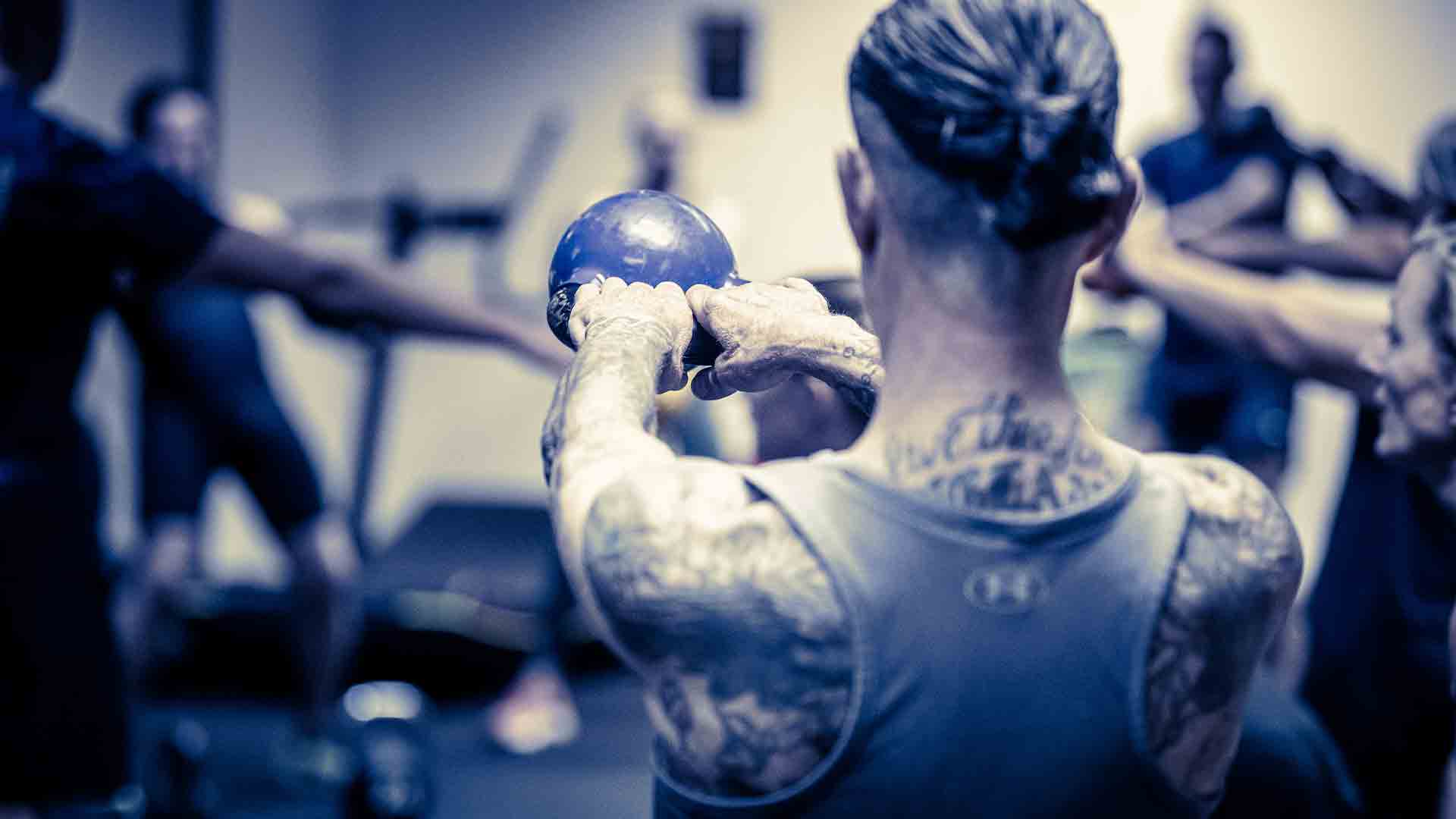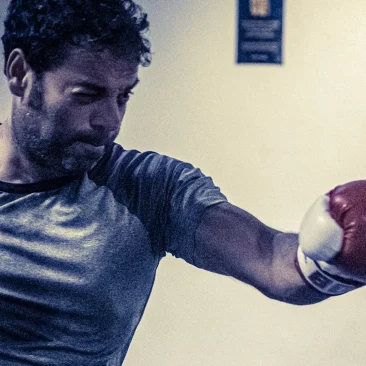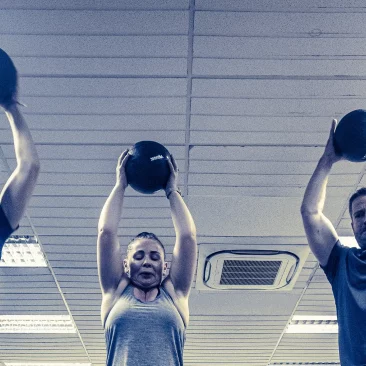
Get SMART With Your Fitness Goals
Having a big end goal is great to work towards, whether it’s walking up the hill without needing to stop for breath, or winning Gold at the Olympics!
Visualising your dream goal can spur you on like nothing else, but make sure to set smaller goals on the way to that dream, to keep motivation strong and steady. You’re not going to lift 200lbs without first lifting 10 lbs safely, and you won’t win the London marathon before you can run 5K!
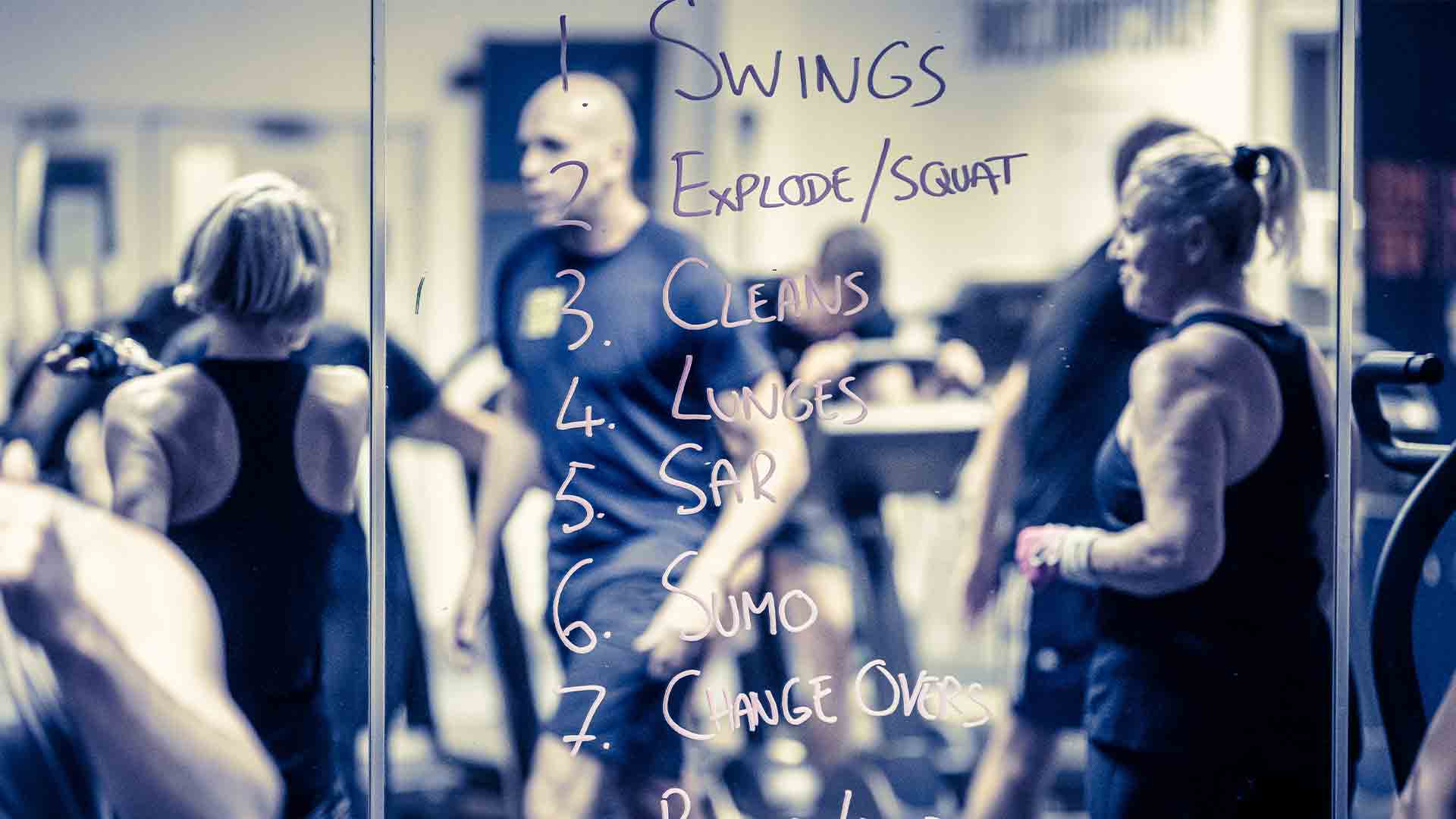
SMART goal setting (A goal that is Specific, Measurable, Achievable, Relevant and Time Bound) will make sure your goals are clear and reachable. But what does that mean and how do we make sure our fitness goals are smart? Let’s break it down.
Keep it Specific
One of the biggest mistakes we can make when setting our goals is for them to be vague.
A lot of people want to be fitter, faster or stronger, but it can be a bit overwhelming, and a lot of people won’t know where to start. Focussing on one smaller specific goal makes things feel a lot more manageable, and therefore more likely to happen!
Some examples of specific goals could be:
- Instead of “I want to be fitter” change it to “ I want to be fit enough to run a 5K”.
- Instead of “I want to be stronger” change it to “I want to be able to do 20 push-ups in a row”.
- Instead of “I want to be faster” change it to “I want to beat my personal best of cycling 10K in 45 minutes”
Keep It Measurable
Keeping goals measurable is the best way to know you’re hitting the milestones you need on the way to a bigger goal. Saying you want to be stronger or faster can be demoralising, because there’s no end to that goal! You can ALWAYS be stronger or faster, so set quantifiable goals along the way to make sure you’re celebrating each achievement, no matter how small.
Speed, weight, distance and time are all easy ways to measure your fitness goals. For the most effective goal setting, measure where your at right now, and then set your goal for something a little (but not TOO much) more challenging. For example:
- If you can run a mile in 14 minutes your next goal should be to run it in 13 minutes.
- If you can cycle 4K without a break then work towards 5K.
- If you can do a set of 10 bicep curls at 14lbs then you can work up to being able to do the same set of 10 reps at 15lbs.
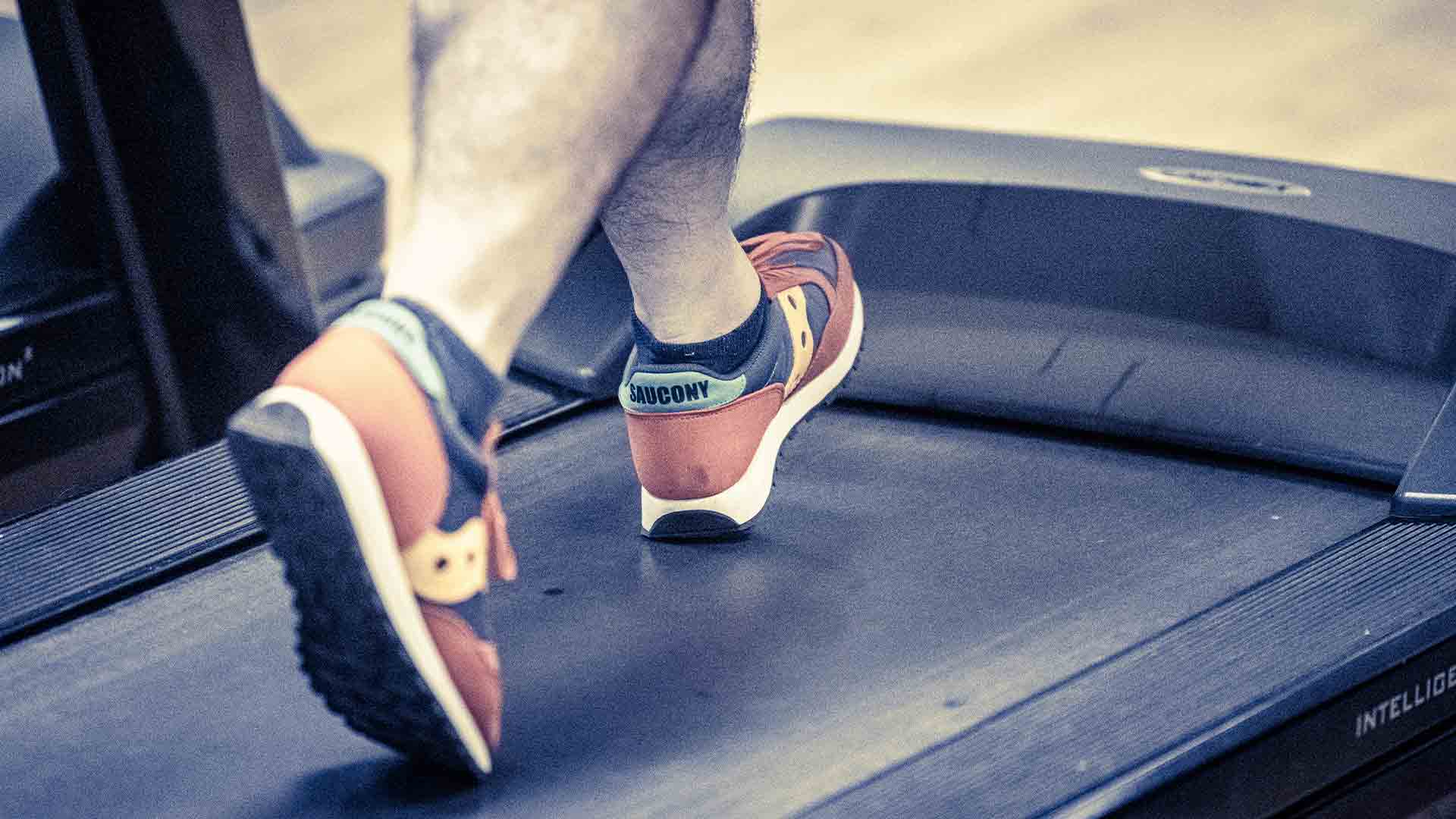
Keep It Achievable
One of the fastest ways we lose motivation is by setting unachievable, or very difficult to achieve goals. However, this could be because they are particularly hard goals to reach. Very few people are going to win the title of World’s Strongest Man, or win 5 gold medals at the next Olympics.
It CAN be done, but if you’re a complete beginner it’s probably not going to happen in the next six months! It could also be that you’ve set yourself a goal where there IS no moment of achievement.
If your goal was just to be stronger, then without being able to measure exactly how much stronger, or which muscles you are targeting, you’re never going to feel like you’ve reached your aim. To keep your goals achievable make sure you break down any big long term goals into smaller chunks, and make sure there is a definite end point to each.
Here are some examples of keeping goals achievable:
- If you’ve never run before and want to run an ultra-marathon, keep it achievable by aiming for a 5K race first, then work your way up to 10K’s, half marathons, and full marathons, before taking on an ultra!
- If you want to exercise more often but have a busy schedule it’s unlikely you’re going to work out for 3 hours every day. Why not commit to two classes a week and see how that goes, and then work up to adding in extra workouts once those two classes become a regular habit.
Keep It Relevant
A lot of people will come in with the goal of “being a bit fitter”, but “fitter” is going to look different for everyone. For one person it might mean being able to carry the shopping home from the supermarket without feeling like their arms will fall off.
For the next it might be being able to keep up with their friends in a game of five-a-side. Someone else could be recovering their level of fitness after an injury has set them back, and their friend might be training for a gymnastics competition.
All of those people will need to improve their fitness to meet those goals but will have very different needs. Keep those ultimate goals in mind and make sure the training you’re doing is relevant to your personal aims.
The person who wants to carry their shopping home will stand a far better chance of reaching their goals by lifting weights than by running, but the person who wants to improve their stamina for a football game will need to work on their running rather than lifting weights!
Both of them will be getting fitter but in ways that are relevant to their lives.
Examples of relevant goals could be:
- I want to improve my flexibility for my gymnastics competition by attending yoga twice a week.
- I want to rebuild strength in my legs after my injury by working with a personal trainer on my prescribed leg exercises.
- I want to improve my stamina in football so I will alternate walking, jogging, and sprinting on the treadmill for 10 minutes more than the previous week until I can make it to 90 minutes.
Keep It Time Bound
Putting a deadline on your goal is a fantastic way to keep you on track. By setting a time by which to reach a goal stops us from becoming too comfortable in our routine, and makes sure we keep pushing ourselves that little bit further.
It’s important to remember, though, that smaller goals set nearer the time are a lot more likely to be achieved, and ultimately get you closer to your long-term goals, than setting far off bigger goals. If we say “I want to run a marathon someday there’s a lot less impetus to get out for a training run, compared to signing up for a marathon in three months’ time!
Examples of time bound goals could be:
- I want to run the 2023 London Marathon.
- I want to work out in the gym for 30 minutes on Monday, Wednesday, and Friday evenings.
- I want to be able to bench press 225 pounds by my 30th birthday.
Are Your Goals SMART?
Let’s compare two goals and see which seems more likely to be met.
“I want to be stronger.” Is it SMART? No. This is not specific to where or how they will develop strength. There is no measurement. There isn’t a set metric that can be achieved. There is no relevant plan of how to achieve this goal.
Finally there is no time specified to achieve this within. It is unlikely to happen.
Compare this to:
“I want to increase my upper body strength by doing 1 more push up each day, until I can do 20 push-ups in a row, by the end of the month.” Is it SMART? Yes.
They have been specific about what kind of strength they want to improve. There is a measurable number of push ups they want to do. It is an achievable goal to reach in the time. The exercise is relevant to the desired result. Finally, they have set themselves a time limit to reach this goal. It is likely that this goal will be met!
If you’d like some help setting goals for your own workouts, why not get in touch.
